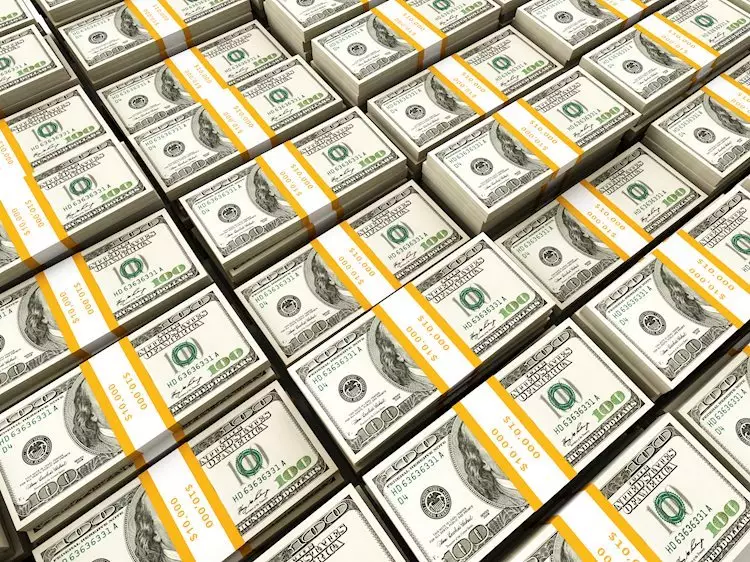Jerome Powell’s recent visit to the House Financial Services Committee stirred up some uncertainty in the markets. Despite his reluctance towards immediate rate cuts, investors are eagerly awaiting the release of June’s Consumer Price Index (CPI) data on Thursday for clearer guidance. Powell’s hints at ongoing data assessment have kept the markets on edge, with signs of disinflation emerging in the US economic outlook. This has further fueled market confidence in a potential rate cut in September.
During Powell’s testimony, he emphasized the need to monitor the labor market closely, noting visible softening in the sector. While he acknowledged the possibility of inflation moving towards lower levels, Powell remained cautiously optimistic about it staying close to the 2% target. However, his testimony did not introduce any significant or fresh influences to the market, leaving investors waiting for more concrete data.
Projections for Thursday’s CPI data suggest a decrease in the headline to 3.1% YoY, while core inflation is expected to remain stable at 3.4% YoY. Market sentiment reflects a minimal probability of a July rate cut, with betting odds for a September cut hovering around 80%. From a technical perspective, indicators like the Relative Strength Index (RSI) and the Moving Average Convergence Divergence (MACD) are signaling negative trends for the US Dollar. However, despite minor setbacks, the Dollar managed to stay above its 100-day Simple Moving Average (SMA), acting as a barrier against further declines.
Inflation measures the increase in the price of goods and services over time, with core inflation excluding volatile elements like food and fuel. Central banks typically target a manageable level of around 2% for core inflation. When inflation rises above or falls below this level, central banks may adjust interest rates accordingly. Higher inflation usually leads to stronger currency, as it attracts global capital inflows. On the other hand, lower inflation can result in decreased interest rates, making the currency less attractive to investors.
Traditionally, investors turned to Gold as a hedge against high inflation due to its ability to preserve value. However, in times of high inflation, central banks tend to raise interest rates to combat it, which can negatively impact the price of Gold. On the contrary, lower inflation tends to be positive for Gold as lower interest rates make it a more appealing investment option. Despite Gold’s safe-haven properties, its relationship with inflation and interest rates plays a significant role in determining its value in the market.


Leave a Reply